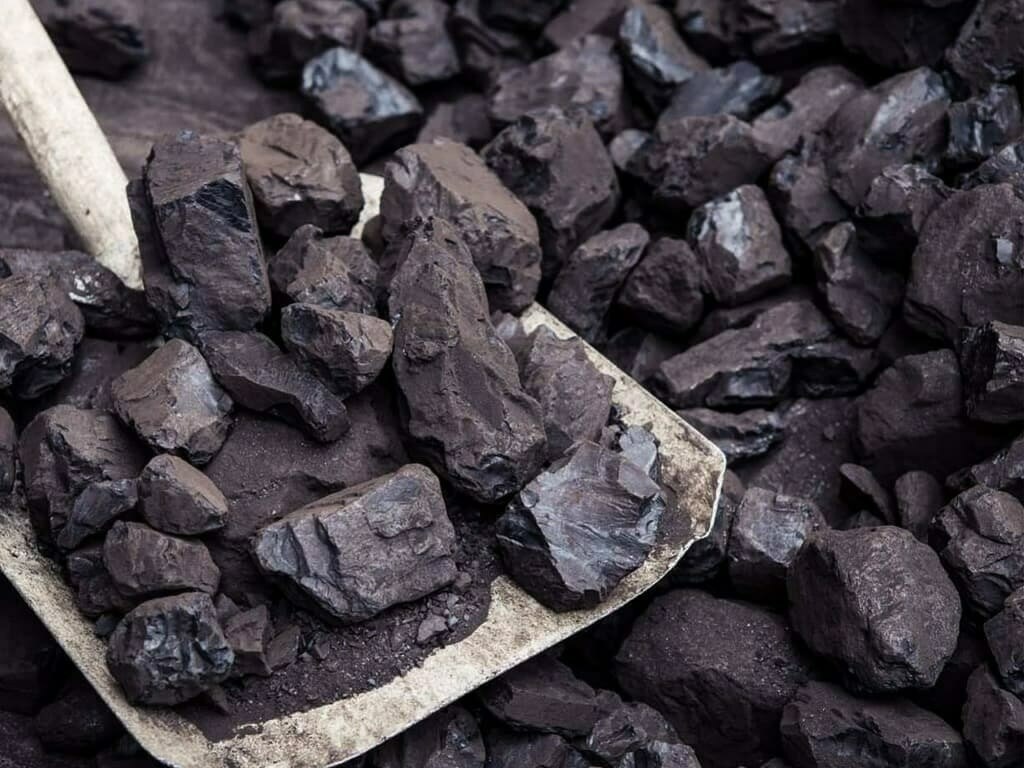Third party study likely: PQEPC willing to consider blended Thar coal for power generation
- De-sulfurization system is major limitation for Thar coal blending
ISLAMABAD: Port Qasim Electric Power Company (Private) Limited (PQEPC) has reportedly shown a willingness to hire third party consultants to study converting its plant on blending of 10% Thar coal and payment of extra cost to be incurred on alteration.
These sentiments were conveyed by the company’s Chief Executive Officer, CEO, Guo Guanling, to Private Power & Infrastructure Board (PPIB) in response to its proposal “feasibility study for conversion of imported coal to Thar coal”.
He noted that de-sulfurization system is the major limitation for Thar coal blending. The suggestion that blending of 20% with load rate decrease to 85% was amended after PQEPC calculation (based on a feasibility study) revealed that the load rate can be kept at 100% with 12% blending - a result close to its own internal feasibility study that load rate can be kept at 100% with 10% blending. Considering the internal feasibility study reflects a detailed calculation process, therefore, PQEPC prefers to adopt its own conclusion.
“We agree to implement on site testing and it shall start at 10% and the final blending ratio shall be adjusted as per the actual test. In company’s point of view, it is not recommended to increases the blending ratio with load decrease, which will escalate Pakistan power shortage,” said CEO of the company.
According to the power company, in the feasibility study the boiler and flue gas system is not designed for high sulfur coal, plus ash handling system does not accommodate the slagging propensities of Thar coal; therefore, high sulfur will erode boiler water wall pipe heating surface, air preheater and flue and induce the fan, which will further decrease boiler service life.
Therefore, the government of Pakistan should compensate for that, besides, in order to extend boiler service life, anti-corrosion and other modification is needed. Government of Pakistan should undertake the modification cost during the scheduled outage and the capacity payment deduction shall be exempted if any forced outage occurs due to boiler heating surface corrosion, and the O&M cost should also be adjusted accordingly.
He further claimed that the storage capacity of coal yard is 585,000 tons, which is not in line with actual situation, adding that considering fire exit and the shape of coal pile deviation from design, the actual storage capacity is 350,000 tons.
Thar coal power project: PPIB approves extension of financial closing date
At present, Thar coal is only available for cargo transportation; however, without cargo unloading coal ditch, special coal yard area for Thar coal unloading is needed, which will further decrease storage capacity to 250,000 tons which does not meet the requirement of PPA.
Besides, additional equipment and human resources is required for Thar coal management, like coal pusher machine, fuel cost and spare parts, etc. Such modification and additional O&M cost for coal yard shall be paid by the government of Pakistan.
He further said, site road shall be modified to meet the requirement of cargo weight, the road modification and O&M cost shall be paid by the government of Pakistan.
PQEPC has highlighted that blending Thar coal will increase the burden of desulfurization system, including but not limited to increase in power consumption, O&M cost, reduce system service life, and additional costs shall be paid by the government of Pakistan.
Considering Thar coal is highly volatile as is the temperature in Karachi, it is easily explosive in summers and such an accident has already occurred in the other project. If such an accident occurs after PQEPC utilizes Thar coal, the financial loss shall be compensated by the government of Pakistan.
Boiler burner nozzle life service will decrease due to Thar coal’s high volatility and the cost of spare parts and extra O&M shall be paid by the government of Pakistan.
CEO, PQEPC argued that blending of Thar coal will increase the power consumption of ancillary system and decrease boiler efficiency, and such extra cost of ancillary system shall be paid by the government of Pakistan, besides, the capacity payment shall be calculated based on net capacity of 1242.95 MW even if the actual net capacity is less than that after blending of Thar coal.
Based on the settlement mechanism between PQEPC and coal suppliers, it will be paid after the third party issue analysis report and Thar coal suppliers should follow such mechanism, he continued.
The power plant can operate at approximately 50% capacity on Thar coal alone, except with the modification to pulverize the system and escalate power shortage. Huge liquidated damages will occur due to the dissolution of the jetty O&M contractor. Therefore, PQEPC firmly disagrees with this point and such conversion is unacceptable.
Concluding his arguments, CEO PQEPC stated that in order to ensure smooth implementation of the next step the power company would like to prior consult with the government of Pakistan on: (i) whether it is acceptable to do the test from 10% blending ratio based on PQEPC calculation; (ii) whether it is acceptable to pay the cost of modification, extra O&M and ancillary power consumption, exempt potential capacity payment and forced outage deduction and settlement mechanism. PQEPC will hire independent third party for further review if such suggestion is agreed by the GoP.
Copyright Business Recorder, 2022
























Comments
Comments are closed.